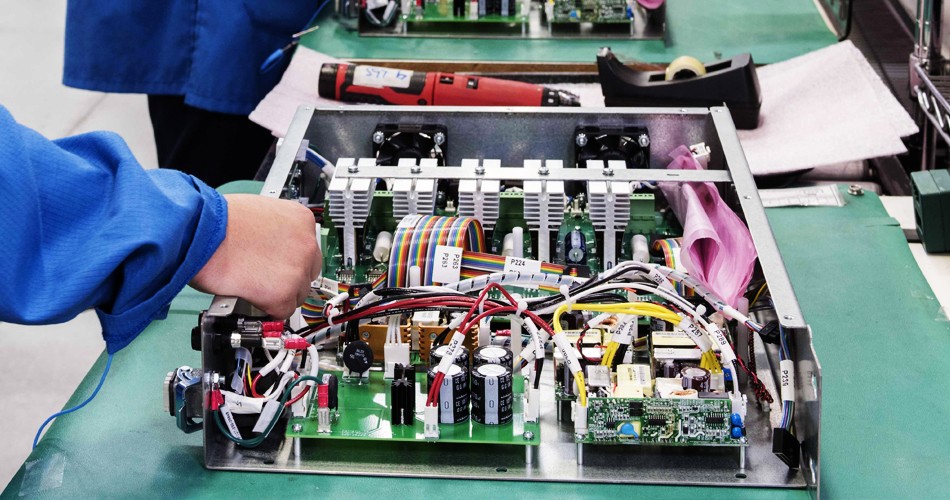- English
- Español
- Português
- русский
- Français
- 日本語
- Deutsch
- tiếng Việt
- Italiano
- Nederlands
- ภาษาไทย
- Polski
- 한국어
- Svenska
- magyar
- Malay
- বাংলা ভাষার
- Dansk
- Suomi
- हिन्दी
- Pilipino
- Türkçe
- Gaeilge
- العربية
- Indonesia
- Norsk
- تمل
- český
- ελληνικά
- український
- Javanese
- فارسی
- தமிழ்
- తెలుగు
- नेपाली
- Burmese
- български
- ລາວ
- Latine
- Қазақша
- Euskal
- Azərbaycan
- Slovenský jazyk
- Македонски
- Lietuvos
- Eesti Keel
- Română
- Slovenski
- मराठी
- Srpski језик
Reliability Engineering in PCBA Assembly: Failure Modes and Effects Analysis (FMEA)
Reliability engineering plays a key role in the PCBA assembly process, helping to identify potential failure modes and assess the impact of these failures on system performance and reliability. Failure Modes and Effects Analysis (FMEA) is a commonly used method for systematically evaluating and improving product reliability. Here are the details about FMEA in PCBA assembly:

The concept of FMEA:
FMEA is a systematic, structured approach to identifying and evaluating potential failure modes in a product, system, or process, their possible causes, and the impact of failures on performance and reliability.
The goal of FMEA is to identify and mitigate potential risks in advance, thereby improving the design, manufacturing or maintenance process and improving product reliability, performance and safety.
FMEA usually includes the following steps:
1. Identify the system, product or process:
Identify the system, product or process for which FMEA is to be conducted and define its boundaries and scope.
2. Identify potential failure modes:
Identify any potential failure modes that could lead to failure. This includes identifying components, parts and subsystems that may fail.
3. Determine the cause of the failure mode:
Determine possible causes for each failure mode. This involves identifying design, manufacturing, or operational factors that may contribute to failure.
4. Assess the severity of the fault:
Evaluate the severity of each failure mode, including its potential impact on product performance, safety, and reliability.
5. Assess the frequency of failures:
Evaluate the probability or frequency of occurrence of each failure mode. This helps determine which failure modes are most likely to occur.
6. Evaluate fault detection capabilities:
Evaluate existing detection or monitoring methods to determine whether they are adequate to detect or prevent failures.
7. Calculate risk priority:
Risk priorities are calculated for each failure mode by taking severity, frequency and detection capabilities into account to determine which ones need to be prioritized.
8. Develop an improvement plan:
Based on the results of the FMEA, an improvement plan is developed, including repairing the root cause of the failure mode, improving detection capabilities, and taking other risk reduction measures.
9. Tracking and monitoring:
Regularly monitor and track the implementation of improvement plans to ensure continued improvement in product reliability.
FMEA is a very powerful tool that can be used to prevent potential problems in advance, thereby reducing product failure rates and repair costs. It is especially useful in PCBA assembly because electronic devices often require high reliability and any failure can cause serious problems. Through FMEA, designers and manufacturers can identify and eliminate potential sources of failure and improve product quality and reliability.
Send Inquiry
-
Delivery Service






-
Payment Options









